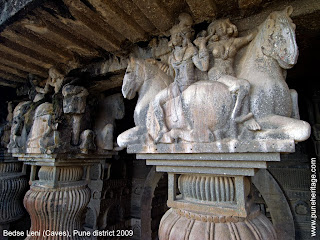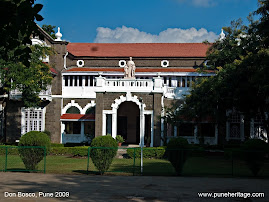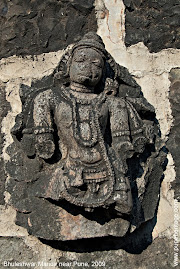Heritage has a lot of connotations - culture, art, structures, people and environs, to name but a few. I wanted to peek into history and satisfy my curiosity on various questions that appeared in my mind from time to time. How did they commute? How did they build such grand structures? Where did they get their inspiration and ideas from? How did they conduct international trade? Why were certain traditions and practices followed? Where did these legends come from? So many more questions pop up. Though documents help one with general direction and facts, they can never present clear cut answers. History in a sense, is a historian’s/ writer’s personal view and hence, is and should always be open to interpretation. It is more charming that way.
We had to start somewhere. We chose physical structures as our first entry point to these myriad questions. And are certainly very glad, as what unfolds slowly is making us hungrier. So what’s next? It may be culture, art, architecture, vegetation, industry, the education system, linguistic and literary development, all these and more!
One did not feel it right to put a boundary right in the beginning, such thoughts on our heritage must evolve. What is now a BLOG will transform into a website, a forum where more people can contribute.
What is the objective? The answer is, none and many. None, since it is still at a very nascent stage and needs infusion time. Many, as we know it has potential to grow beyond its objective!
I urge you all to read, react, partake in this activity and enjoy the experience. Your comments will make this livelier.
We had to start somewhere. We chose physical structures as our first entry point to these myriad questions. And are certainly very glad, as what unfolds slowly is making us hungrier. So what’s next? It may be culture, art, architecture, vegetation, industry, the education system, linguistic and literary development, all these and more!
One did not feel it right to put a boundary right in the beginning, such thoughts on our heritage must evolve. What is now a BLOG will transform into a website, a forum where more people can contribute.
What is the objective? The answer is, none and many. None, since it is still at a very nascent stage and needs infusion time. Many, as we know it has potential to grow beyond its objective!
I urge you all to read, react, partake in this activity and enjoy the experience. Your comments will make this livelier.















